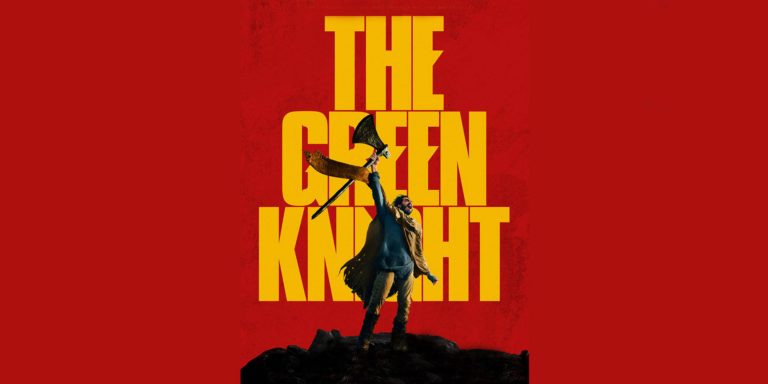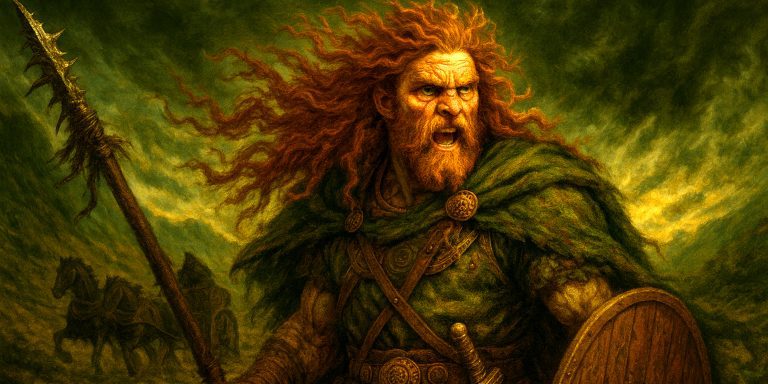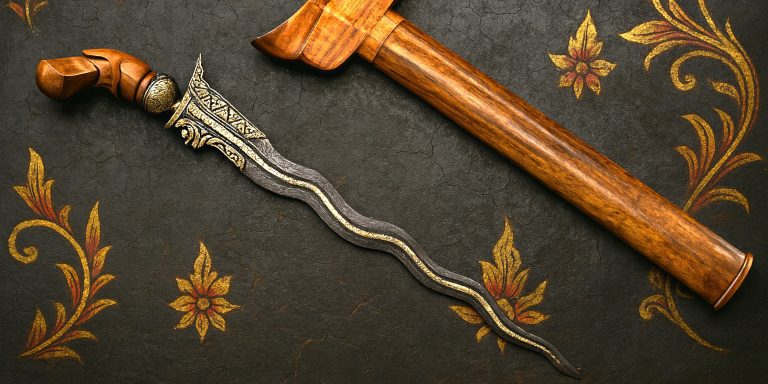
The Hundred Years’ War (1337–1453) was a protracted conflict between England and France over territorial claims and the legitimacy of the English monarchy’s right to the French throne. By 1415, King Henry V of England sought to revive the war, asserting his claim to France through an invasion. After capturing Harfleur in September 1415, Henry’s depleted and disease-ridden army marched towards Calais. Intercepted by a larger French force near Agincourt (modern Azincourt), the English faced a pivotal battle on 25 October 1415.
Key Events Leading to Agincourt
| Year | Event | Significance |
|---|---|---|
| 1337 | Start of the Hundred Years’ War | Edward III claims the French throne |
| 1415 | English siege of Harfleur | Henry V secures a strategic port but loses men to dysentery |
| 25 Oct 1415 | Battle of Agincourt | Decisive English victory against numerical odds |
Troop Numbers and Key Commanders
The French army, though larger, suffered from disorganisation and overconfidence. Contemporary sources and modern historians dispute exact numbers due to inconsistent medieval records.

Henry V
Comparative Army Strengths
| Army | Commander(s) | Troop Estimates | Composition |
|---|---|---|---|
| England | Henry V | 6,000–9,000 | 5,000–7,000 longbowmen; 1,000–2,000 men-at-arms |
| France | Charles d’Albret (Constable of France), Jean Le Maingre (Marshal), and nobles | 12,000–36,000 | 8,000–10,000 men-at-arms; 4,000–6,000 archers/crossbowmen; 4,000–8,000 cavalry |

Jean Le Maingre
Note: French numbers likely included non-combatants and retainers, inflating estimates.

Decisive Moments and Tactics
1. Terrain and Deployment
The battlefield was a narrow strip of freshly ploughed land flanked by dense woodland, funneling the French into a cramped advance. Henry V positioned his longbowmen on the flanks behind wooden stakes, with men-at-arms in the centre.
| Terrain Feature | Impact |
|---|---|
| Muddy ground | Slowed French cavalry and infantry |
| Wooded edges | Restricted French flanking manoeuvres |
| Narrow front | Compressed French ranks, reducing effectiveness |
2. The Longbow’s Dominance
The English longbow (6 ft yew, 100–160 lb draw weight) fired 10–12 arrows per minute. At close range, arrows penetrated armour, dismounting knights and causing chaos.
3. Melee Combat and French Collapse
Trapped in the mud, French men-at-arms were overwhelmed by lighter English troops using:
- Longswords: For slashing and thrusting.
- Falchions: Brutal cleaving weapons.
- Misericorde daggers: Used to dispatch immobilised knights.
4. Execution of Prisoners
Fearing a renewed attack, Henry ordered the killing of 1,500+ French prisoners. This controversial act underscored the battle’s brutality but secured his tactical position.
Weapons of Agincourt: A Comparative Analysis
| Weapon | Origin | Use | Effectiveness |
|---|---|---|---|
| Longbow | England | Ranged attacks | Decimated cavalry; psychological impact |
| Estoc | France | Armour-piercing thrusts | Effective in theory, but limited by battlefield chaos |
| War hammer | Both | Blunt force against plate armour | Crushed bones and armour joints |
Casualties and Aftermath
| Army | Killed | Captured | Survivors |
|---|---|---|---|
| England | 100–500 | Few | ~5,500 |
| France | 6,000–10,000 | 1,500+ nobles | Few fled |
Political Impact:
- Treaty of Troyes (1420): Henry V named heir to the French throne.
- French Nobility: Losses crippled leadership; Charles VI’s succession crisis deepened.
Legacy and Cultural Depictions
Literature and Media
- Shakespeare’s Henry V: Idealised the “band of brothers” ethos.
- Films:
- The King (2019): Highlights the mud and gore of Agincourt.
- Henry V (1989): Kenneth Branagh’s visceral portrayal.
Kenneth Brannagh Henry V speech before battle:
Military Innovations
- Decline of Heavy Cavalry: Longbows and infantry tactics reshaped European warfare.
- National Identity: Agincourt became a symbol of English resilience.
Contemporary quotes
1. Enguerrand de Monstrelet (French chronicler, Chronique de Monstrelet):
“And here the flower of French chivalry was shamefully slain and discomfited; never was seen a more cruel slaughter.”
Monstrelet’s chronicle, though partisan, captures the shock felt across France at the scale of the loss.
2. Jean de Wavrin (Burgundian chronicler, Recueil des chroniques d’Angleterre):
“The French, thinking themselves sure of victory, fell into disorder and confusion. Their own numbers undid them.”
Wavrin, though of Burgundian allegiance, gives an analysis that aligns with later military assessments.
3. Tito Livio Frulovisi (Italian historian at the English court):
“The day was wet and the ground miry, yet the English stood steadfast like a wall of iron, and the French pressed forward only to sink.”
Frulovisi, writing under English patronage, paints a scene of resolve and terrain playing into English hands.
4. The Gesta Henrici Quinti (Anonymous clerk in Henry V’s retinue):
“Our men, though few, were bold as lions… The king himself was everywhere, urging, fighting, defending. None could say he was not first among equals.”
This account is one of the closest to the events, and strongly celebrates Henry V’s leadership.
5. Thomas Elmham (English chronicler, cleric and chaplain to Henry V):
“The swords of the English reaped the French like corn. Never had St. Crispin’s feast seen such harvest.”
Elmham blends religious metaphor with martial pride.
6. Chronicler of Saint-Denis (Anonymous French monastic source):
“There was no honour in the day, only death. Princes taken, knights trampled, and no mercy from the invader.”
A grim and grieving French perspective, contrasting sharply with English triumphalism.
Notable Artefacts and Museums
| Artefact | Description | Location |
|---|---|---|
| Henry V’s Sword | Ceremonial sword linked to his reign | Westminster Abbey, London |
| Agincourt Arrowheads | Found on the battlefield | Musée de l’Armée, Paris |
| The Westminster Retable | Medieval altarpiece depicting English knights | British Museum, London |
| Longbow from the Mary Rose | Tudor-era bow illustrating Agincourt-era design | Mary Rose Museum, Portsmouth |
Further Reading
- Primary Sources:
- Gesta Henrici Quinti (Deeds of Henry V) – Anonymous contemporary account.
- Chronicles by Jean de Wavrin – Burgundian perspective.
- Modern Studies:
- Agincourt: The King, the Campaign, the Battle (Juliet Barker, 2005).
- The Face of Battle (John Keegan, 1976) – Analysis of soldier experiences.
- Documentaries:
- Agincourt: The Triumph of the Longbow (BBC, 2008).
- Battlefield Detectives (History Channel) – Forensic analysis of the terrain.
The Battle of Agincourt exemplifies how strategy, terrain, and technology can overturn numerical superiority. Its legacy endures in military theory, cultural memory, and ongoing archaeological discoveries, offering a window into the brutal realities of medieval warfare.
Watch the documentary:



